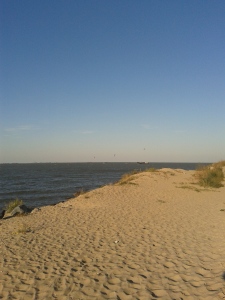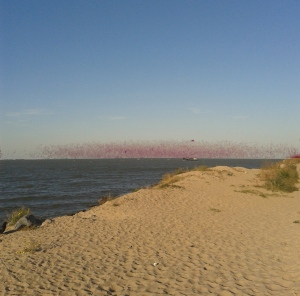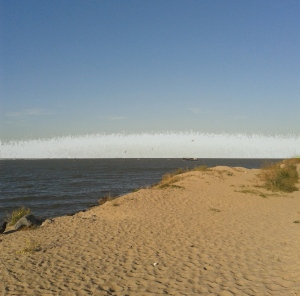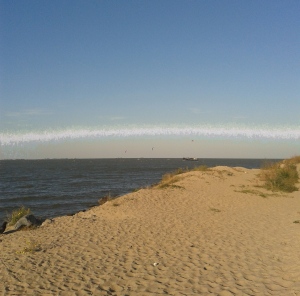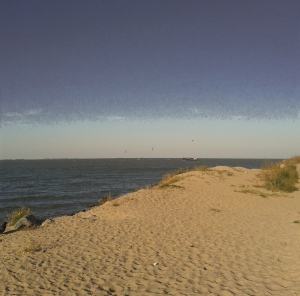There can be much evidence found that images from the natural world are in fact difficult to process. The problem is based on the issue whether e.g. two pixels in an image have the same real world color in a computer vision, imitates and embodies the natural image. The captured and processed ideal image deceives the appeal that there are no color distortions, unnatural programing and interpretations of the natural.
But images are always distorted both in the scene itself and within the difficult capturing process, working with RGB coordinates compressed into similar pixels with similar values.
Most image data refer to RGB and do not separate color from intensity, hue or saturation. The image capture process works in favor of an equilibrium to give value and intensifies the results. This method has been seen as surface color for instance varies in distortion and saturation on different angles and camera settings.
Three types of distortion in digital photography can be seen as critical:
* Scene related color distortion (non-linear color clusters)
* Sensor related color distortion (sensor saturation and cut off / producing a constant response)
* Other camera related color distortion (camera specific settings to do color corrections such as gamma corrections)
Furthermore, I would like to show an empirical color study on one image example taken by the mobile phone Galaxy FAME. My idea was to make the different color graduations processed by the sensor visible. Changing each of the seven sliders affectes the color spectrum, using gimp as a graphical software suite:
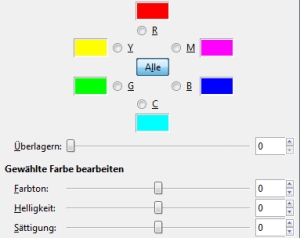 Color spectrum to manipulate: (counterclockwise)
Color spectrum to manipulate: (counterclockwise)
Red, Yellow, Green, Cyan, Blue, Magenta
Below: (percentage)
Overly
Changing the hue, brightness and saturation
The specific images below show a method of how the camera tries to value the graduate color process of the sky in terms of different color distortions, as non-linear color clusters.
Playing with the tool provided by Gimp, each manipulation within one color spectrum shows different outcomes and will make the certain color distortion more clear and visible.
The “natural” image:
The Red spectrum visible:
The Yellow spectrum visible:
The Green spectrum visible:
The Cyan spectrum visible:
The Blue spectrum visible:
Results:
As for the Magenta spectrum, nothing or to little less color distortions could have been found to visualize.
Interesting and crucial is the graduation process behind the color of the sky that clearly shows how non-linear color clusters work. To see the different graduations, it does not matter for the method to provoke an overdo of the certain color that was picked (e.g. Yellow spectrum does not need to be visualized as Yellow, but the distortion of Yellow will be shown- here simply white). The process itself was held to show the distortions other than to emphasize on the hue.
Quite interesting is the amount of distortion that vary when getting closer to the horizon, clearly indicates a pattern of an interplay of color and saturation. Image capturing and processing makes that graduation of colors most natural, imitating the possible equilibrium taken from the natural image.
Related articles
- Color Theory (thegraphiccomblog.wordpress.com)
- Infrared Versus Standard Photography (bopbiephotos.wordpress.com)
- How do colors work, considering the full light spectrum? (jazz.information-about-music.com)
- Two powerful Gimp plugins: Liquid Rescale and Resynthesizer (noulakaz.net)


